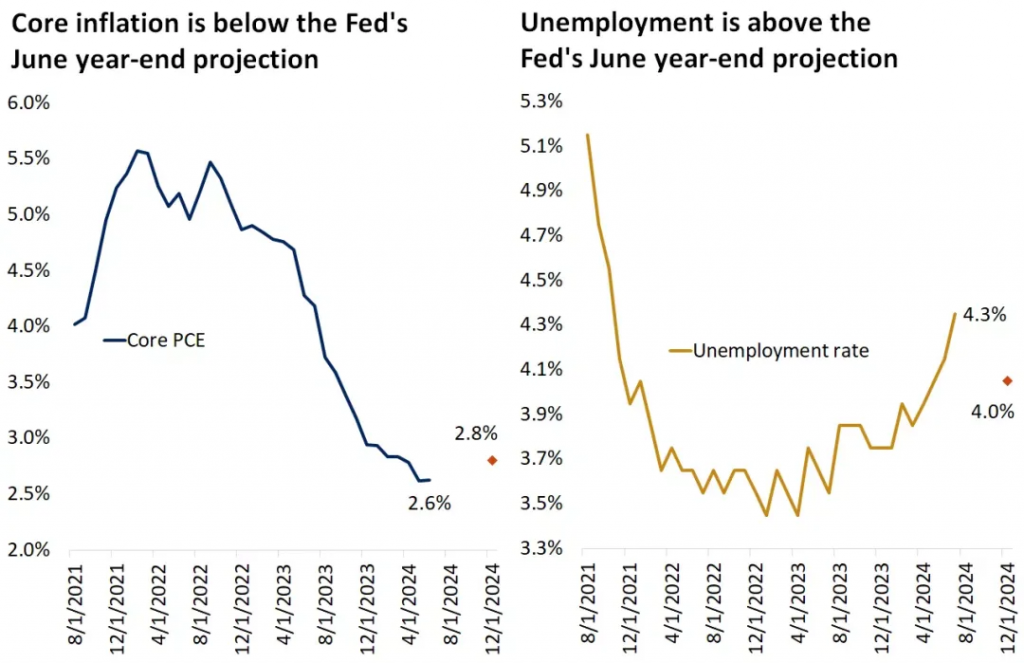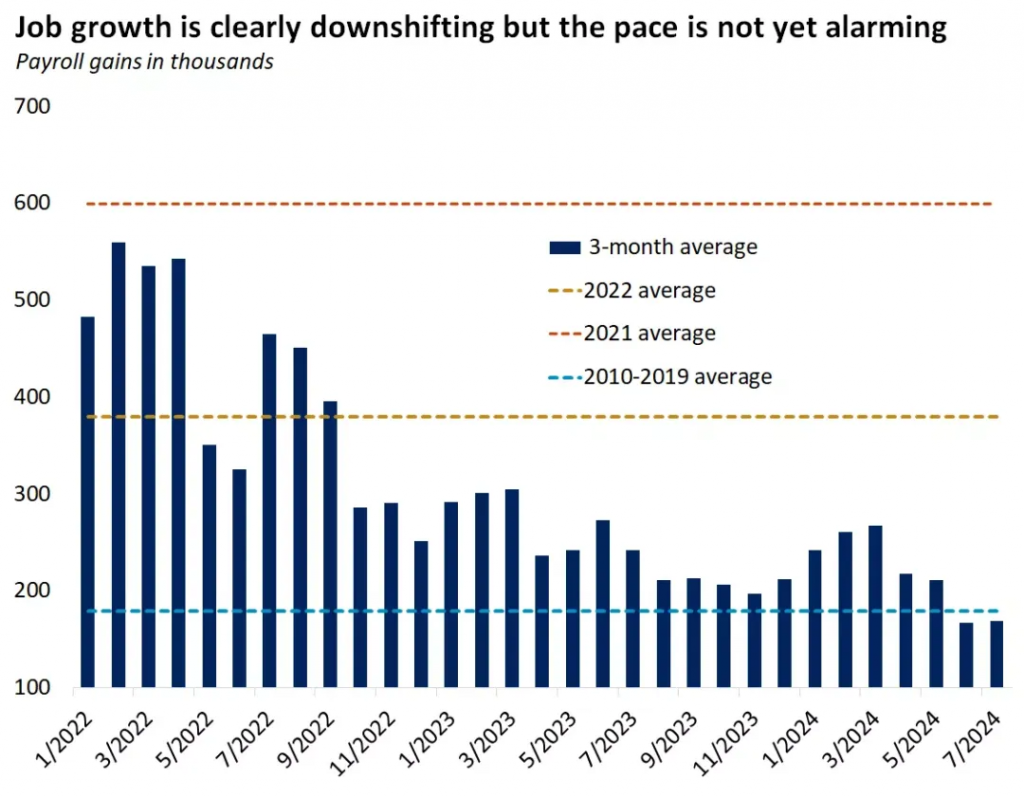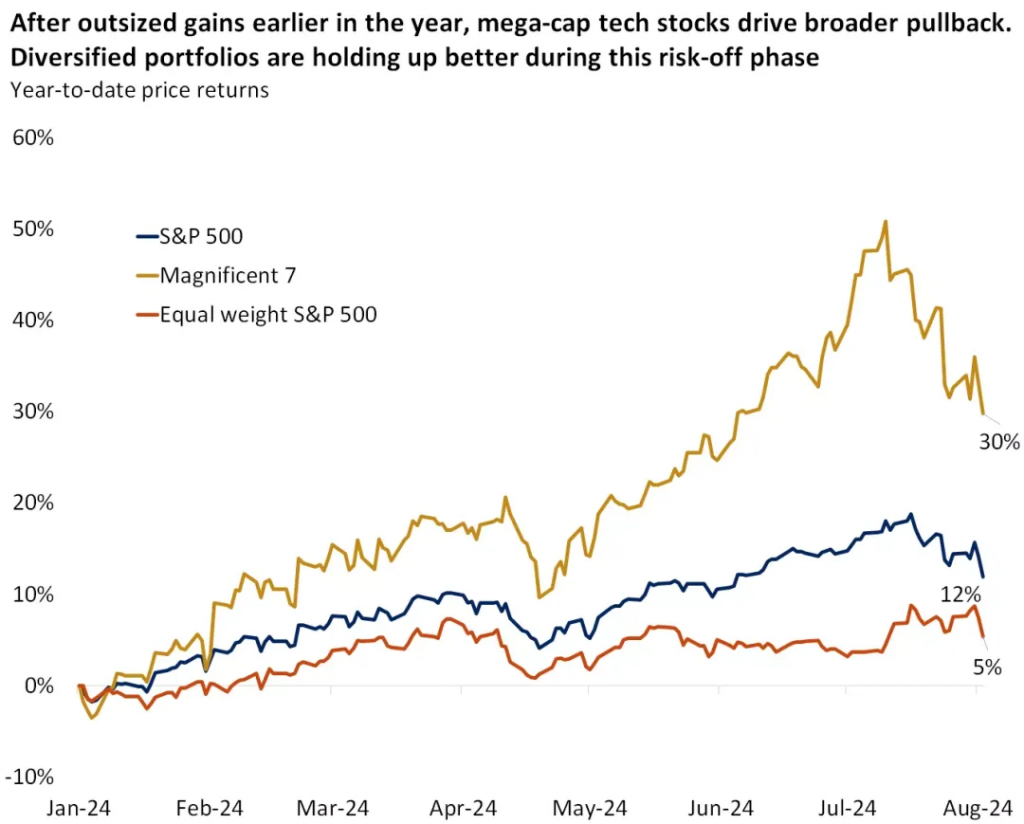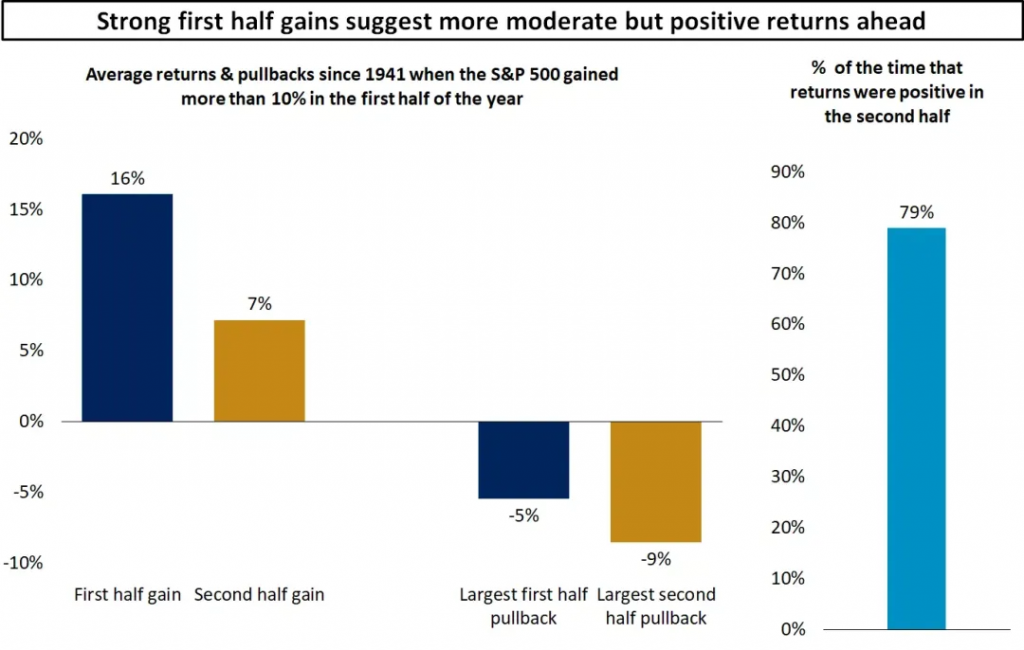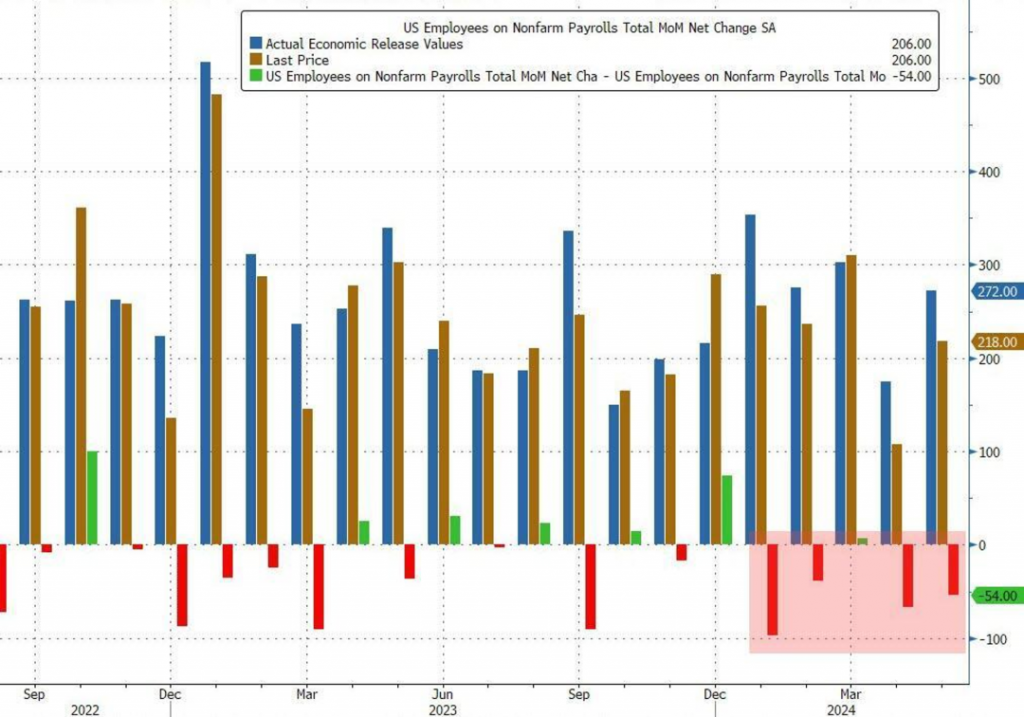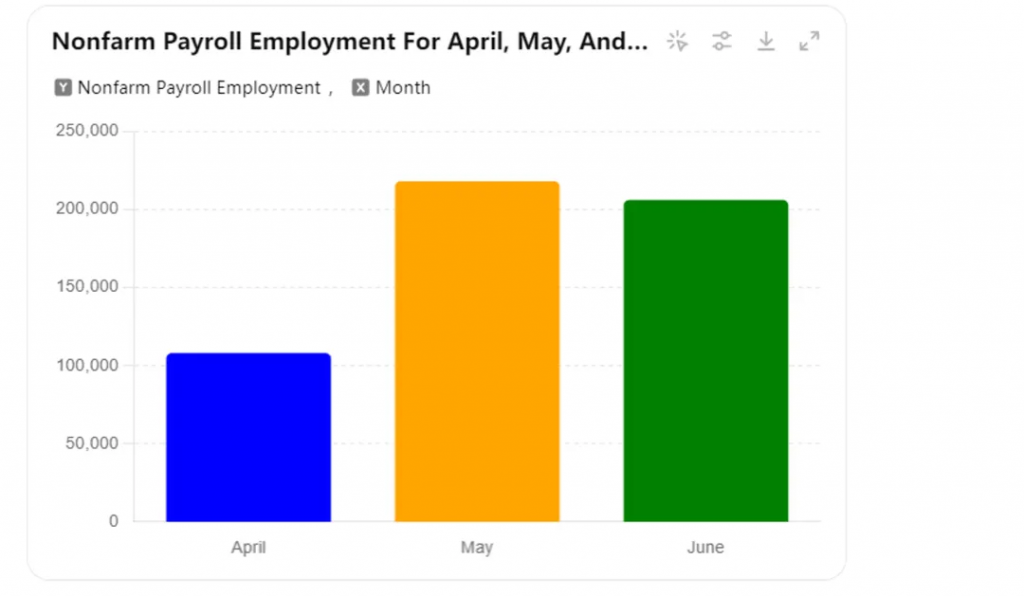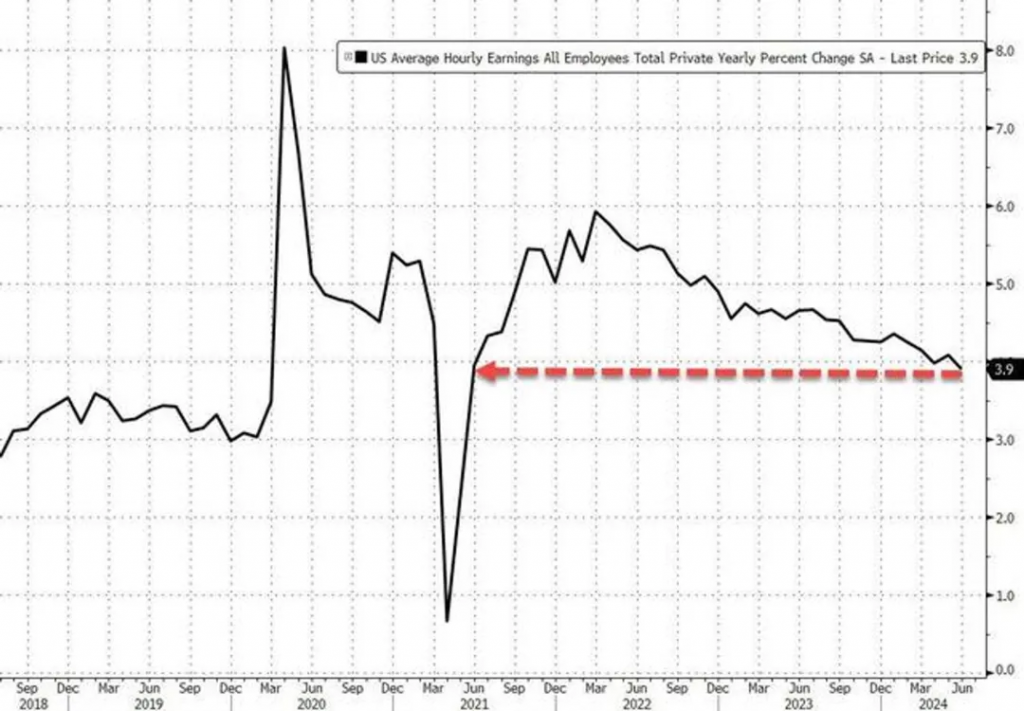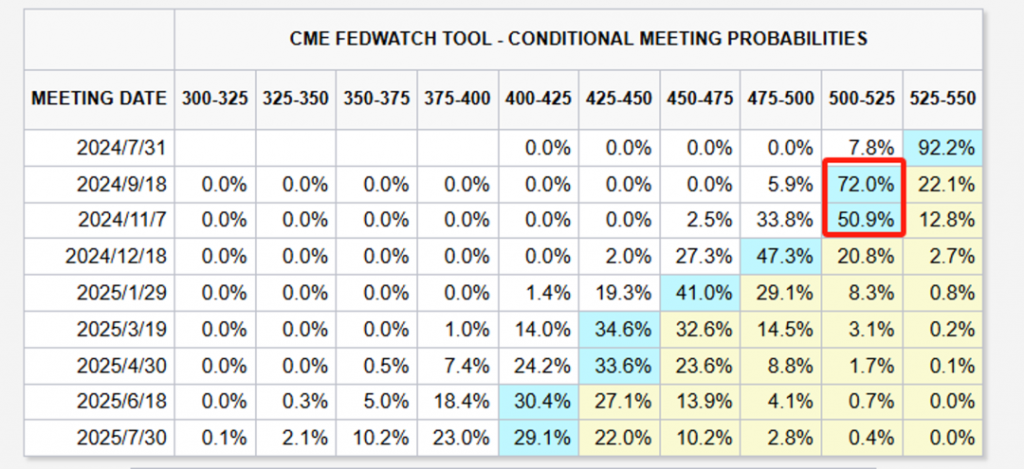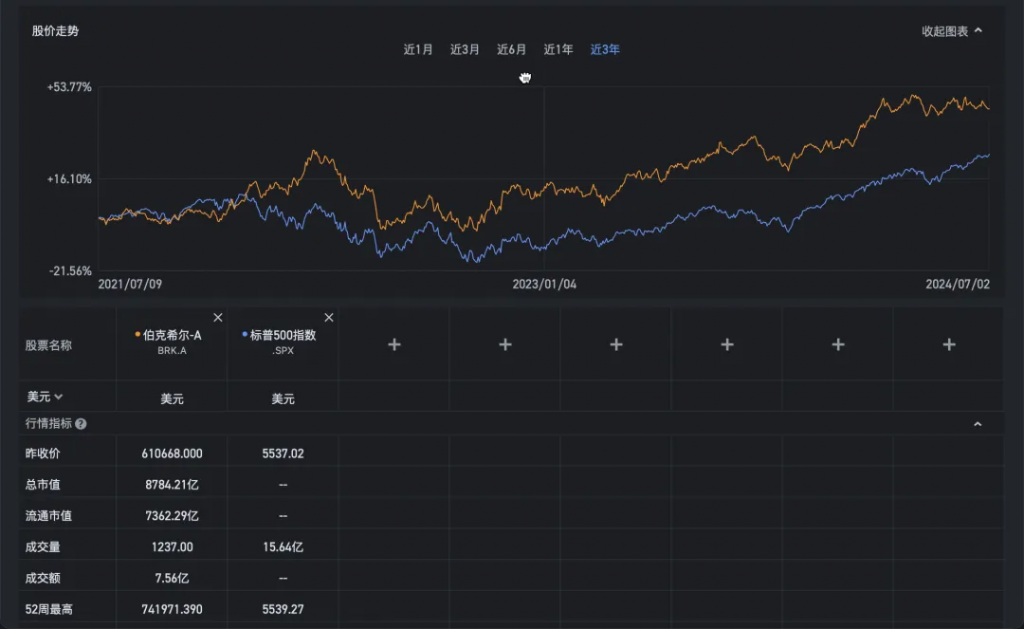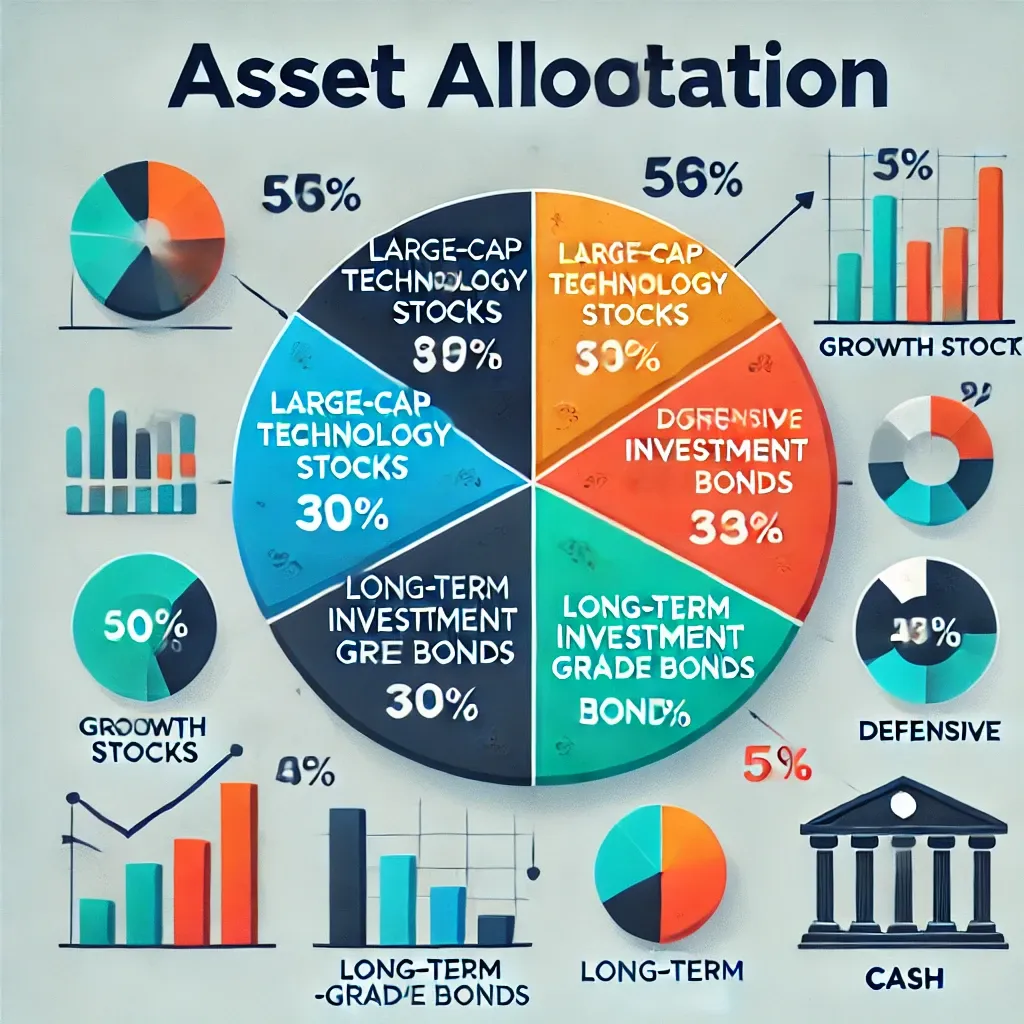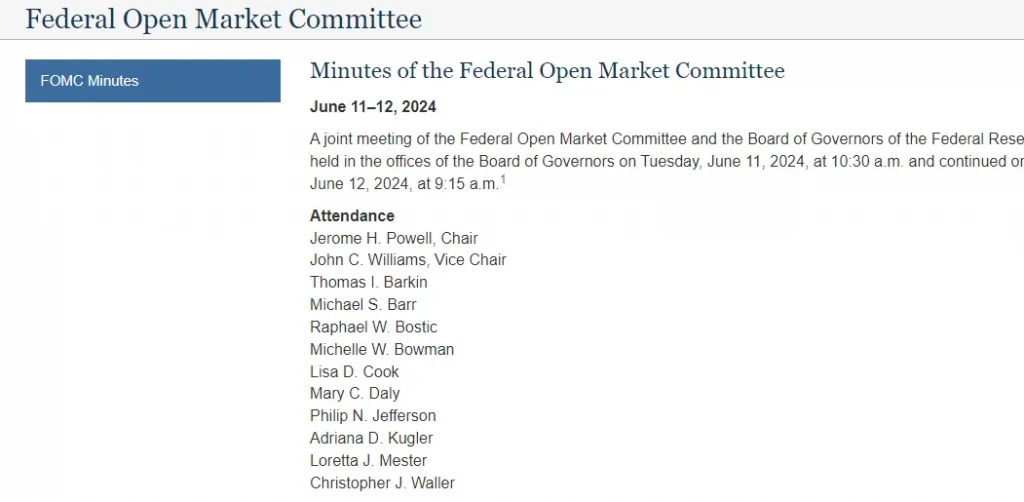2024 Top 10 AI Models: Who is Leading the Trend of the Times?
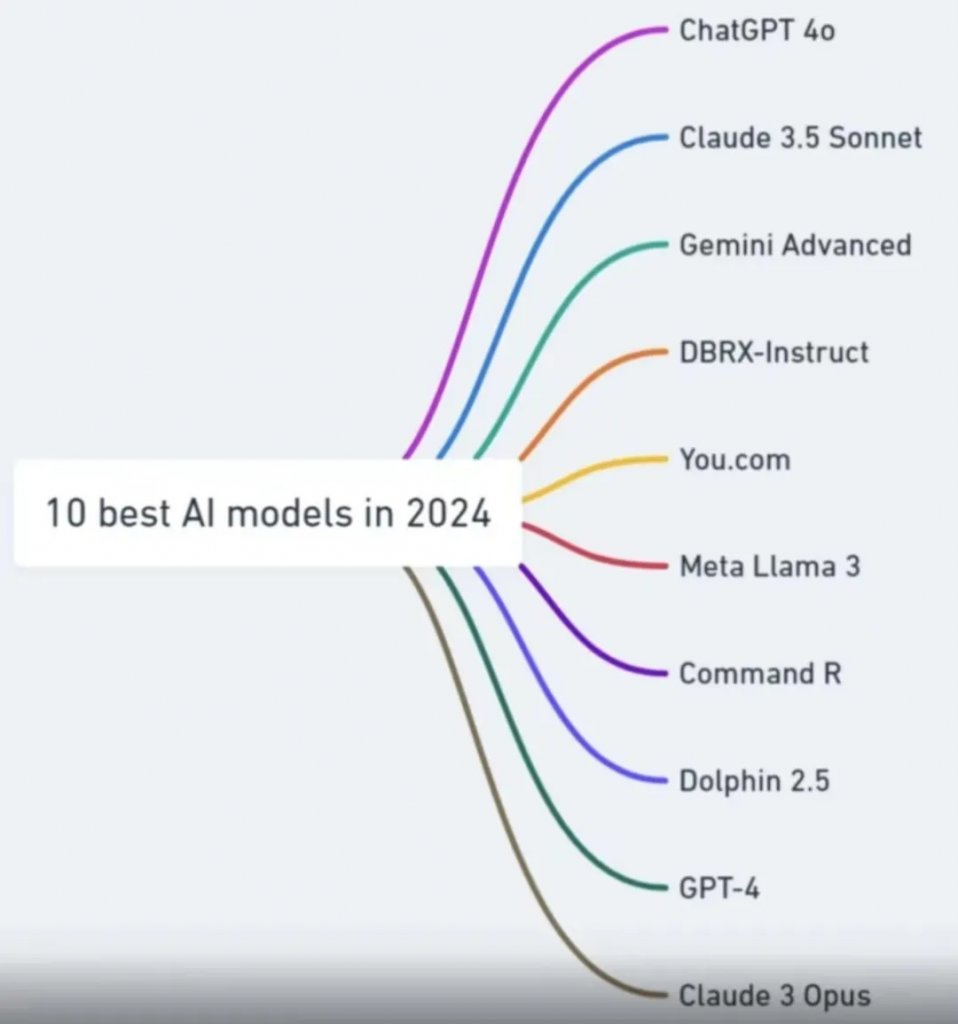
In 2024, the field of artificial intelligence witnessed numerous revolutionary advancements, with ten major AI models standing out as representatives of technological progress. These models not only demonstrated formidable technical capabilities but also sparked a new wave in the financial market. This article will delve into these top ten AI models, analyzing their core architectures, innovative features, and potential applications in the financial market.
ChatGPT 4o: The Pinnacle of Conversational Ability
Developed by OpenAI, ChatGPT 4o, with its over a hundred billion parameters and powerful conversational abilities, has become a valuable assistant for financial analysts. Its multilingual support and multimodal interaction capabilities enable it to handle complex customer queries, generate market analysis reports, and provide precise real-time translations in multilingual environments. For multinational financial institutions, ChatGPT 4o undoubtedly serves as a tool to enhance customer service quality and efficiency.
Claude 3.5 Sonnet: Safeguarding Security and Compliance
Anthropic’s Claude 3.5 Sonnet stands out with its built-in security and controllability mechanisms, capable of generating high-quality compliance documents and legal advisory reports. This is of significant importance for financial institutions in ensuring legal compliance and risk management, thereby guaranteeing operational compliance and security while reducing potential legal risks.
Gemini Advanced: The Engine of Intelligent Decision-Making
Google DeepMind’s Gemini Advanced excels in advanced logical reasoning and multitask processing. Widely applied in financial analysis and automated decision-making, it can swiftly process massive amounts of data, conduct risk assessments, and formulate investment strategies, assisting financial institutions in making wise decisions in complex market environments.
DBRX-Instruct: The Vanguard of Data Science
Databricks’ DBRX-Instruct, with its robust data processing capabilities, serves as an ideal tool for data scientists and financial analysts. It efficiently conducts data cleaning and modeling, providing support for market predictions and customer behavior analysis, thereby helping financial institutions extract more business value from data.
You.com: The Perfect Fusion of Search and Generation
You.com integrates real-time search and text generation functions, offering instant information services and market insights to the financial market. Its highly personalized user interface and interactive experience enable financial analysts to swiftly access the required information, thereby enhancing work efficiency.
Meta Llama 3: The Expert in Multimodal Content
Meta’s Meta Llama 3 excels in handling and generating multimodal content. Its application in the financial market is mainly seen in the generation and analysis of multimedia reports, integrating text, images, and audio information to provide investors with a more comprehensive and intuitive market analysis.
Command R: The Pioneer of Emotional Interaction
Replika’s Command R introduces a new model of personalized interaction and customer service for financial institutions. Its personified dialogue and emotion recognition capabilities make customer service more intimate and efficient, enhancing customer satisfaction and loyalty.
Dolphin 2.5: The Expert in Speech Processing
Dolphin 2.5 from Mixtral 8X7B excels in speech recognition and generation. With its multilingual support and efficient text processing capabilities, it finds wide applications in call centers and voice assistants, providing financial institutions with effective customer communication solutions.
GPT-4: The Benchmark in Natural Language Processing
OpenAI’s GPT-4 continues to lead the trend in the field of natural language processing. With its stable text generation capabilities and multilingual support, it becomes the ideal choice for content generation and dialogue systems in the financial market, helping financial institutions efficiently generate market analysis, news reports, and customer communication content.
Claude 3 Opus: The Innovator in Emotion and Social Cognition
Anthropic’s Claude 3 Opus focuses on emotion recognition and social cognition. Its applications in marketing and customer relationship management can enhance customer experience through emotional interaction, helping financial institutions establish deeper customer relationships.
- ChatGPT 4o
Developer: OpenAI
Core Architecture: Transformer
Product Features:
- Powerful conversational ability: ChatGPT 4o possesses deep contextual understanding, capable of engaging in long conversations while maintaining coherence and relevance.
- Multilingual support: Supports processing and generation in multiple languages, enabling seamless switching between different languages for conversations and text processing.
- Multimodal interaction: In addition to text, it can also handle images and audio, providing a more enriched interactive experience.
Innovations:
- Integrated image and text generation capabilities: Able to simultaneously process and generate information in multiple modalities, offering a more comprehensive user experience.
- Enhanced contextual understanding: Through improved architecture and training methods, it has strengthened its ability to comprehend long texts.
- Enhanced user customization features: Provides personalized customization options to meet the needs of different users.
- Claude 3.5 Sonnet
Developer: Anthropic
Core Architecture: Transformer
Product Features:
- Emphasis on safety and controllability: Built-in multi-layered security mechanisms to ensure AI behavior remains within controllable boundaries.
- Advanced text generation: Capable of generating high-quality text suitable for creative writing, report generation, and other scenarios.
- Multi-task learning: Capable of handling multiple tasks simultaneously to improve efficiency and effectiveness.
Innovations:
- Built-in ethical and safety mechanisms: Through innovative design, ensures outstanding performance in safety and ethics.
- Improved reasoning and generation capabilities: Significant enhancements in complex reasoning and high-quality text generation.
- Efficient energy management: Optimizes energy consumption while maintaining high performance, enhancing model sustainability.
- Gemini Advanced
Developer: Google DeepMind
Core Architecture: Transformer
Product Features:
- Advanced logical reasoning: Possesses outstanding logical reasoning capabilities suitable for solving complex problems.
- Multi-task processing: Capable of handling multiple tasks simultaneously, significantly improving work efficiency.
- Powerful natural language understanding: Demonstrates excellent performance in text understanding and generation, suitable for various language processing tasks.
Innovations:
- Integration of deep learning and reinforcement learning: Combining the strengths of deep learning and reinforcement learning to enhance the model’s learning and adaptation capabilities.
- Automated multi-task switching: Able to seamlessly switch between different tasks, improving efficiency.
- Enhanced cross-domain adaptability: Performs well in multiple domains, demonstrating strong adaptability.
- DBRX-Instruct
Developer: Databricks
Core Architecture: Transformer
Product Features:
- Focus on Data Science and Analytics: Designed for data scientists and analysts, providing powerful data processing and analysis tools.
- Efficient Data Processing: Capable of processing large-scale data quickly, improving analysis efficiency.
- Powerful Model Training and Deployment: Offers simple model training and deployment functions suitable for various data science projects.
Innovations:
- Integrated Data Lake and Data Warehouse: Combines the advantages of data lakes and data warehouses to enhance data management and analysis efficiency.
- Optimized Data Preprocessing: Provides advanced data preprocessing functions to improve data analysis accuracy.
- Enhanced Analysis and Prediction Capabilities: Enhances data analysis and prediction effects through improved algorithms.
- You.com
Developer: You.com
Core Architecture: Transformer
Product Features:
- Integrated Search and Generation: Integrates search engine and text generation functions, providing comprehensive search and information generation services.
- User Customized Experience: Offers highly personalized user interface and interaction experience.
- Powerful Natural Language Processing: Possesses outstanding natural language understanding and generation capabilities suitable for various language processing tasks.
Innovations:
- Real-time Search and Dialogue Generation: Capable of real-time search and dialogue generation, providing instant information services.
- Highly Personalized User Interface: Customized according to user needs to enhance user experience.
- Enhanced Semantic Understanding: Improves the ability to understand complex semantics through improved algorithms.
- Meta Llama 3
Developer: Meta (Facebook)
Core Architecture: Transformer
Product Features:
- Multimodal Learning: Capable of processing various modalities of information such as text, images, and audio.
- Powerful Text and Image Processing: Demonstrates excellent performance in text and image understanding and generation.
- Cross-Domain Adaptability: Performs well in multiple domains.
Innovations:
- Integrated Visual and Language Models: Combines visual and language models to enhance comprehensive processing capabilities.
- Efficient Multimodal Fusion: Efficiently integrates information from multiple modalities to provide more comprehensive services.
- Enhanced Content Generation Capabilities: Significant improvement in content generation, suitable for creative writing, image generation, and other scenarios.
- Command R
Developers: Replika
Core Architecture: Transformer
Product Features:
- Personalized Interaction: Provides a personalized interactive experience suitable for virtual assistants and chatbots.
- Human-like Conversations: Possesses the ability to engage in human-like conversations, enhancing user experience.
- High User Engagement: Enhances user engagement and satisfaction through interactive design.
Innovations:
- Emotion Recognition and Feedback: Capable of recognizing user emotions and providing corresponding feedback to enhance the interactive experience.
- Highly Humanized Conversation Design: Offers a more natural conversational experience through humanized design.
- Enhanced User Customization: Provides various customization options to meet the needs of different users.
8. Dolphin 2.5
Developer: mixtral
Core Architecture: Transformer
Product Features:
- Speech Recognition and Generation: Outstanding speech recognition and generation capabilities suitable for scenarios such as voice assistants and speech translation.
- Multi-language Support: Supports processing and generation in multiple languages, enabling multi-language conversion.
- Efficient Text Processing: Demonstrates excellent performance in text processing, suitable for various language processing tasks.
Innovations:
- Integrated Speech and Text Processing: Combines speech and text processing to enhance overall processing capabilities.
- Efficient Multi-language Conversion: Capable of efficiently performing multi-language conversions, suitable for multi-language communication scenarios.
- Enhanced Speech Interaction Capability: Significant improvement in speech interaction, providing more natural voice services.
9. GPT-4
Developer: OpenAI
Core Architecture: Transformer
Product Features:
- Powerful Natural Language Processing: Outstanding performance in natural language understanding and generation.
- Stable Generation Capability: Possesses highly stable text generation capabilities suitable for various applications.
- Multi-language and Multi-modal Support: Supports processing and generation in multiple languages and modalities.
Innovations:
- Optimized Language Model Architecture: Enhances model performance and efficiency through improved architecture.
- Enhanced Generation Stability: Demonstrates high stability in text generation, suitable for various applications.
- Wider Range of Application Scenarios: Applicable to processing and generation in multiple languages and modalities.
10. Claude 3 Opus
Developer: Anthropic
Core Architecture: Transformer
Product Features:
- Safety and Controllability: Incorporates multiple layers of security mechanisms to ensure AI behavior remains within controllable limits.
- Advanced Text Generation: Capable of generating high-quality text suitable for creative writing, report generation, and other scenarios.
- Emotion and Social Cognitive Abilities: Able to recognize and process emotions and social information, enhancing the interactive experience.
Innovations:
- Built-in Ethical and Safety Mechanisms:Through innovative design, ensure that AI performs excellently in terms of safety and ethics.
- Improved emotion recognition: There has been a significant enhancement in emotion recognition, enabling better understanding and response to user emotions.
- Enhanced social interaction capabilities: By improving algorithms, AI’s performance in social interaction has been enhanced.
When it comes to specific application scenarios where they excel, let’s take a closer look at how these models demonstrate their respective strengths and characteristics in different application scenarios, providing solutions for various complex tasks and needs:
- ChatGPT 4o
Application Scenarios:
- Customer Service: ChatGPT 4o performs excellently in customer service, handling complex customer queries, providing detailed and accurate answers, thus enhancing customer satisfaction.
- Education and Training: Capable of generating teaching materials, answering student questions, and even serving as a virtual tutor for one-on-one tutoring sessions.
- Content Generation: In creative writing, news reporting, blog articles, etc., ChatGPT 4o can generate high-quality textual content, saving time and manpower.
- Virtual Assistant: As a personal or corporate virtual assistant, it can manage daily tasks, schedule appointments, send emails, and more.
2. Claude 3.5 Sonnet
Application scenarios:
- Enterprise security: The built-in security mechanisms of Claude 3.5 Sonnet make it suitable for handling sensitive information in enterprise environments, ensuring data security.
- Legal and regulatory compliance: Capable of generating compliant documents and legal advisory reports to ensure that enterprises comply with relevant regulations.
- High-end content creation: In scenarios requiring high-quality text generation, such as legal documents, technical documentation, market analysis reports, etc., Claude 3.5 Sonnet performs exceptionally well.
- Interdepartmental communication: Supports multitasking, helping enterprises achieve efficient communication and collaboration across different departments.
- Gemini Advanced
Application Scenarios:
- Scientific Research: In scientific research, Gemini Advanced can handle large amounts of data, conduct complex logical reasoning and analysis, and assist researchers in experimental design and result analysis.
- Medical Diagnosis: Capable of analyzing medical data to assist doctors in diagnosis and treatment planning.
- Financial Analysis: Suitable for scenarios such as financial market analysis, risk assessment, and investment strategy formulation, providing efficient data processing and analysis.
- Automated Decision-Making: By multitasking and logical reasoning, it helps businesses achieve automated decision-making and improve operational efficiency.
- DBRX-Instruct
Application Scenarios:
- Data Science and Analysis: Designed for data scientists and analysts, suitable for large-scale data processing and analysis tasks such as data cleaning, modeling, and visualization.
- Business Intelligence: Provides powerful data analysis tools to help businesses unearth insights from data and support business decisions.
- Machine Learning Model Training: Offers easy model training and deployment functions, suitable for various machine learning projects.
- Predictive Analysis: Through advanced analytical functions, helps businesses with market forecasting, sales forecasting, customer behavior prediction, etc.
- You.com
Application Scenarios:
- Search Engine: Provides real-time search and information generation services to help users quickly find the information they need.
- Personal Assistant: Helps users manage daily tasks and obtain customized information through highly personalized interfaces and functions.
- Content Recommendations: Recommends relevant content based on user interests and behavior to enhance user engagement and satisfaction.
- Online Learning: Assists users in online learning and knowledge acquisition by generating educational content and providing real-time Q&A sessions.
- Meta Llama 3
Application Scenarios:
- Multimodal Content Creation: Capable of simultaneously processing and generating text, images, and audio, suitable for scenarios such as advertising creativity, media production, and game development.
- Intelligent Customer Service: Enhancing user experience through multimodal interaction in intelligent customer service to provide more comprehensive services.
- Social Media Management: Assisting in managing social media accounts, generating content, responding to user comments, analyzing social media data, etc.
- Interdisciplinary Research: In research requiring interdisciplinary knowledge and skills, Meta Llama 3 can integrate information from different fields to provide comprehensive solutions.
- Command R
Application Scenarios:
- Virtual Chat Companion: Serving as a virtual chat companion, providing personalized conversations to help users alleviate loneliness and improve mental health.
- Customer Interaction: Enhancing customer satisfaction and loyalty in enterprise customer service through personalized interactions.
- Educational Guidance: Providing personalized educational guidance to adapt to the needs of different students and enhance learning effectiveness.
- Social Platforms: Offering emotion recognition and feedback on social platforms to enhance user interaction experience.
- Dolphin 2.5
Application Scenarios:
- Voice Assistant: Providing efficient voice recognition and generation services as a voice assistant, suitable for scenarios such as smart homes, in-car systems, etc.
- Real-time Translation: Supporting multilingual translation and providing real-time translation services for international conferences, cross-border communication, etc.
- Call Centers: Enhancing customer service quality and efficiency in call centers through voice interaction.
- Educational Applications: Providing voice guidance and exercises through voice recognition and generation in educational applications to enhance learning effectiveness.
- GPT-4
Application Scenarios:
- Text Generation: Demonstrating excellent performance in scenarios requiring high-quality text generation, such as creative writing, news reporting, market analysis, etc.
- Dialogue Systems: Suitable for various dialogue systems, such as chatbots, virtual assistants, customer service systems, etc.
- Education and Training: Providing content generation and Q&A services for teaching to help students and teachers improve teaching effectiveness.
- Content Moderation: Assisting in identifying and filtering inappropriate content through natural language processing technology in content moderation.
- Claude 3 Opus
Application Scenarios:
- Emotional Interaction: Suitable for scenarios requiring emotional recognition and feedback, such as psychological counseling, social platforms, virtual assistants, etc.
- Enterprise Communication: Provides high-quality text generation and emotional recognition to help enterprises communicate and collaborate efficiently.
- Marketing: In marketing, enhance marketing effectiveness and user engagement through emotional recognition and content generation.
- Social Services: In social services, provide emotional recognition and interaction to help improve service quality and user satisfaction.
These top ten AI models not only represent the cutting edge of technology, but also demonstrate tremendous potential in the financial market. They offer innovative solutions in customer service, data analysis, market forecasting, and risk management. With the continuous development and application of these AI models, the financial market is bound to embrace a more intelligent and efficient future.
